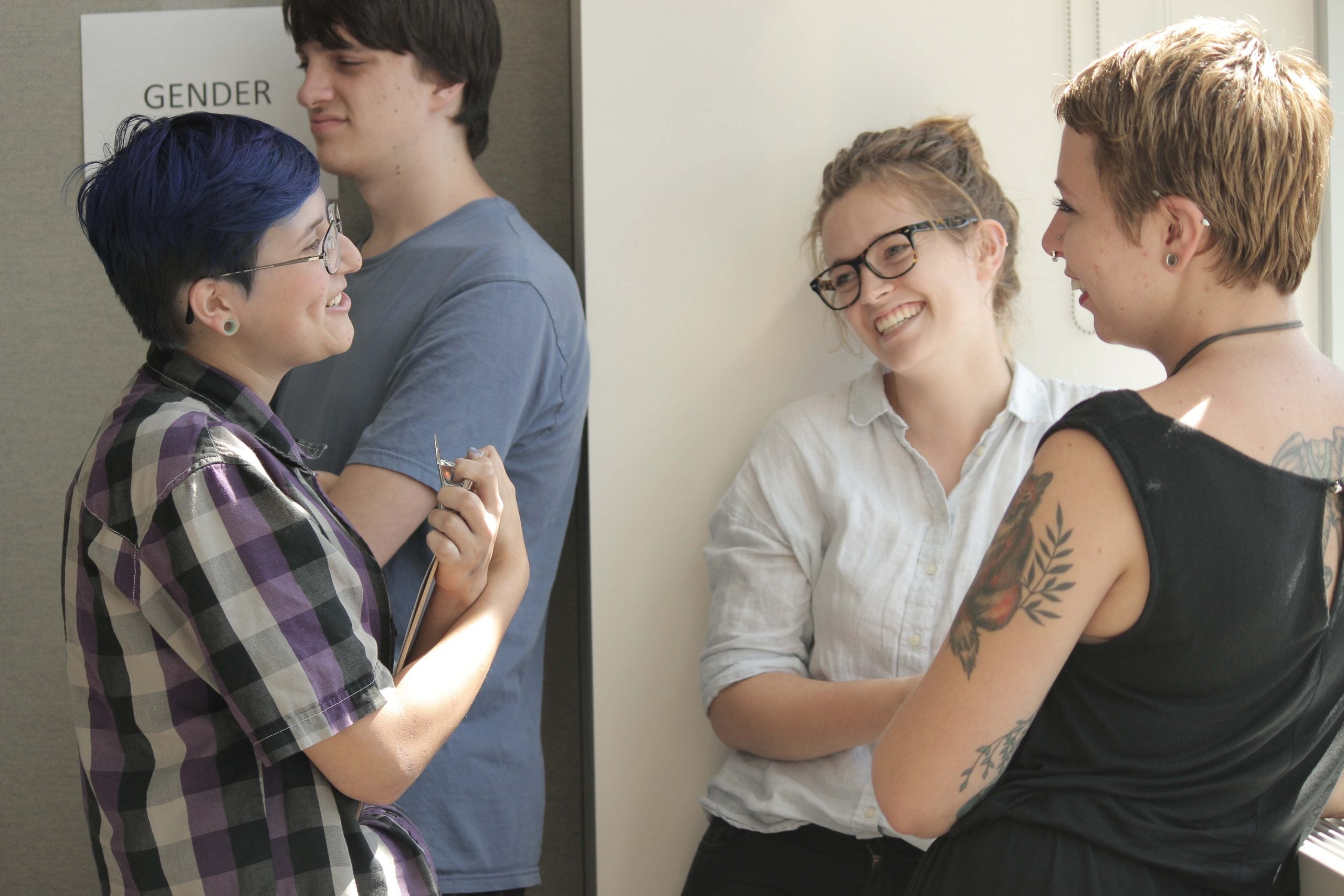
Name Story
Overview
In this icebreaker activity, students will have the option to share their first name, middle name, last name, nickname or any name that has a history or story such as the name of a pet or nickname given to a friend or family member. Students might consider the significance of the name, where the name comes from, or what particular meaning the name has for them.
While this activity is intended to be inclusive, there are some considerations for you to make when implementing it in class. For some students, their name story may require them to disclose personal information that they may not be ready to share in such a setting. For example, a transgender student may not feel comfortable discussing their name as it may require that they disclose their transgender identity. For other students, their family name may be triggering as it relates to a part of their identity that is associated with trauma.
For these reasons, it is best to not use this activity on the first day of class. If you do plan on using this activity, give students advance notice that it will be used in a future class and let them know of the different options they have when it comes to discussing a name that has meaning to them. Furthermore, students should never be forced to participate in an activity they do not feel comfortable participating in, and this should be announced to the class as well.
Activity Goals:
- To help build community by having students share a name that has particular significance for them.
- To give a sense of the variety of cultures, identities, and histories that students bring with them to the classroom.
Application in a STEM Course:
Fostering a sense of community in your classroom can create a sense of belonging. According to a CRLT study on retention in STEM courses, “students reported that classroom climate (including their anxiety levels, how welcome they felt in class…and instructor rapport with students) significantly influenced their decisions to stay in or leave STEM disciplines.” If students feel that they are part of a community, they will feel more comfortable engaging and participating in the classroom. Moreover, it will increase the likelihood of them persisting in the STEM field. The Name Story is a great way for students to learn each other’s names and to make personal connections at the same time. Taking the time to complete this activity will allow for students to get to know each other better at the start of the semester, setting them up to better collaborate throughout the semester.
Application in a Large Course:
Cooperative learning and small group approaches in a large course can greatly benefit student learning, engagement, and overall sense of community. Research has shown that leveraging such approaches can lead to the development of key skills such as active listening, empathy, consensus building, leadership, constructive conflict management and resolution as well as decreasing racial prejudice while increasing interracial tolerance. This activity allows students in your large course to learn from and about each other and to reduce the feeling of anonymity that can be pervasive in a large course setting. Additionally, although it is a difficult task, making an effort to get to know students names is still a recommended strategy. By making your large course feel smaller through this activity, you are actively working toward making a more inclusive space for all students.
Application in an Online Course:
Online learning can feel impersonal and disconnected, but there are inclusive teaching practices you can leverage to build community and connection in your online course. Taking the time to get to know each other’s names and accompanying stories through this activity can help build trust between students, which is a key indicator of whether or not students feel comfortable participating. In one study, researchers asked the question, “What did graduate students who were enrolled in an online course about teaching online find most valuable about online moderation and community building?” From the study, students stated that Student Needs and Community Building were essential components to online learning. Regarding Student Needs, one student stated, “It is necessary that everyone feels safe, comfortable, and welcomed before they will fully engage, enabling them to make personal connections and grow from each other. Regarding Community Building, another student stated, “Learning communities often develop naturally in a traditional classroom environment, but in an online course, the instructor must make that happen.”


